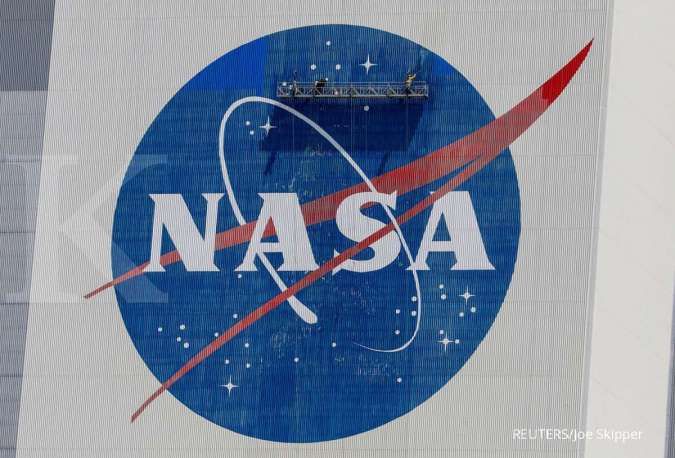Source: Channel News Asia | Editor: SS Kurniawan
KONTAN.CO.ID – WASHINGTON. The US Aeronautics and Space Administration (NASA) on Monday (21/9) announced it would land an ice-seeking rover in the South Pole region of the Moon called Nobile Crater in 2023.
NASA hopes the robot will confirm the presence of ice just beneath the Moon’s surface, which could one day be turned into rocket fuel for missions to Mars and further into the cosmos.
“Nobile Crater is an impact crater near the South Pole that was born through a collision with another, smaller celestial body,” said Lori Glaze, director of NASA’s Division of Planetary Sciences. Channel News Asia.
It is one of the coldest regions in the solar system, and has so far only been investigated from afar using sensors such as those on NASA’s Lunar Reconnaissance Orbiter and Lunar Crater Observation and Sensing Satellite.
“The rover will approach and blend into the lunar soil, even drilling a few feet down,” the Glazer said.
Also Read: The DART spacecraft destroys the asteroid by crashing into it
The ice-seeking robot is called the Volatiles Investigating Polar Exploration Rover or VIPER. Its dimensions are similar to that of a golf cart, 1.5×1.5×2.5 meters, and looks somewhat similar to the droids seen in the Star Wars movies. It weighs 430 kg.
Unlike the rover used on Mars, the VIPER can be steered in almost real time, because the distance from Earth is much shorter, only about 300,000 km or 1.3 seconds the speed of light. VIPER is also faster. Speed 0.8 km/hour.
The solar-powered VIPER is equipped with a battery that lasts 50 hours, is built to withstand extreme temperatures, and can “walk like a crab” sideways so that its panels continue to point toward the Sun to maintain a charge.
For the mission’s scientific purposes, the VIPER team wanted to know how frozen water reached the Moon in the first place, how it remained preserved for billions of years, as well as how it got out and where it is flowing now.
The mission is part of Artemis, America’s plan to return humans to the Moon. The first manned mission is technically set at 2024.


